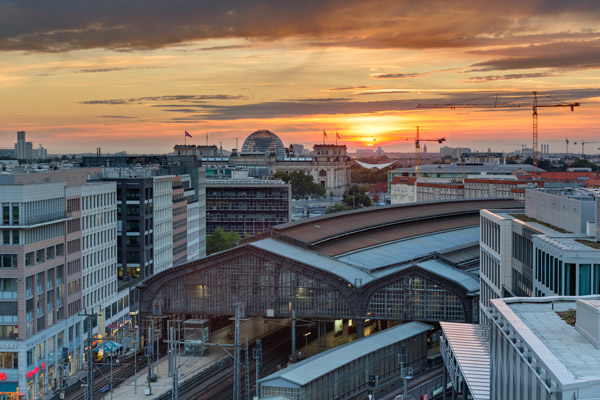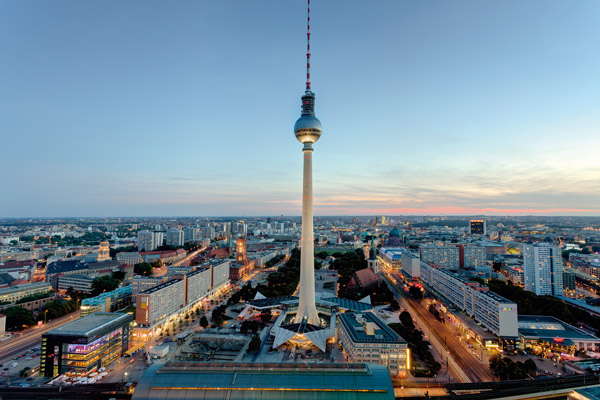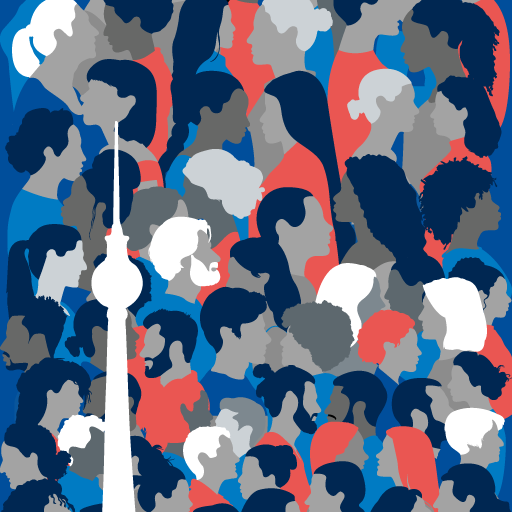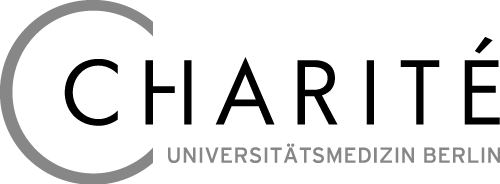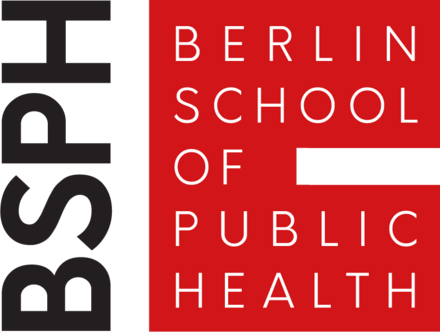Venue
Charité Campus Virchow-Klinikum
Forum 3
Augustenburger Platz 1,
13353 Berlin
On the initiative of Rudolf Virchow, a fourth municipal hospital was built in the north of Berlin – in the district of Wedding – between 1898 and 1906. The Rudolf Virchow Hospital was the last to be built in the so-called pavilion style. The construction costs totalled 19.1 million Reichsmarks. On an area of 270.000 square metres, 57 individual buildings with 2.000 beds were built. 700 employees, doctors, carers and service staff could also live here. Benches, lawns, flowerbeds and a fountain gave the grounds a park-like character.
The pavilion structure largely disappeared with the reconstruction after the Second World War. In 1986, the West Berlin hospital became part of the Free University. The institution, which had been called the ‘Rudolf Virchow University Hospital’ since 1987, was transferred to the Humboldt University in 1995.
In 1997, the medical faculties “Rudolf Virchow Clinic” and “Charité” merged to form the “Charité Medical Faculty of the Humboldt University of Berlin”. One year later, the associated clinics were also merged. In 2003, the former Benjamin Franklin University Hospital of the Free University of Berlin was added. This created Charité – Universitätsmedizin Berlin, Europe’s largest university hospital, which is in the process of regaining the fame of its earlier years. In 2010, the Charité celebrated its 300th anniversary.
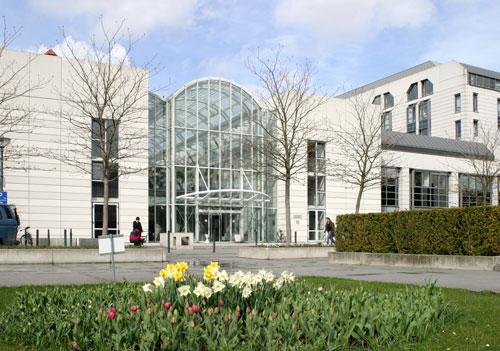
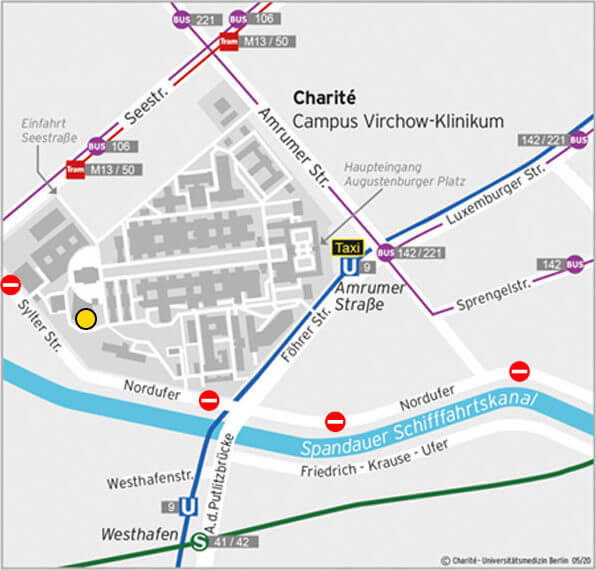
About Berlin
Welcome to Berlin
Berlin, the German capital, is characterised by its extraordinary variety of sights, rich cultural life and a lively yet relaxed lifestyle.
The city is characterised by the contrasts between historical buildings and contemporary architecture, between tradition and modernity. Berlin’s sights tell the story of an entire nation, from the Brandenburg Gate to the Federal Chancellery. The German capital is also home to all the major government buildings.
Berlin is a city of art, artists and museums. Over 170 museums – including the world-famous Museum Island – display the treasures of the world.
The famous Kurfürstendamm, the elegant Friedrichstraße and the original boutiques around Hackesche Höfe offer countless shopping opportunities. Berlin sets the latest trends in lifestyle, music and art. Inspired by its exuberant creativity, more and more artists from all over the world are coming to Berlin, making the metropolis one of the most exciting places in Europe.
And yet Berlin is also a relaxed city with plenty of open spaces that give you room to breathe. Berlin is Germany’s greenest metropolis with extensive parks, forests and lakes.
More information at www.germany.travel.
